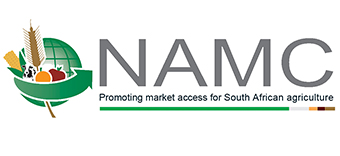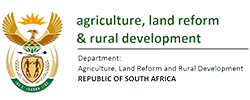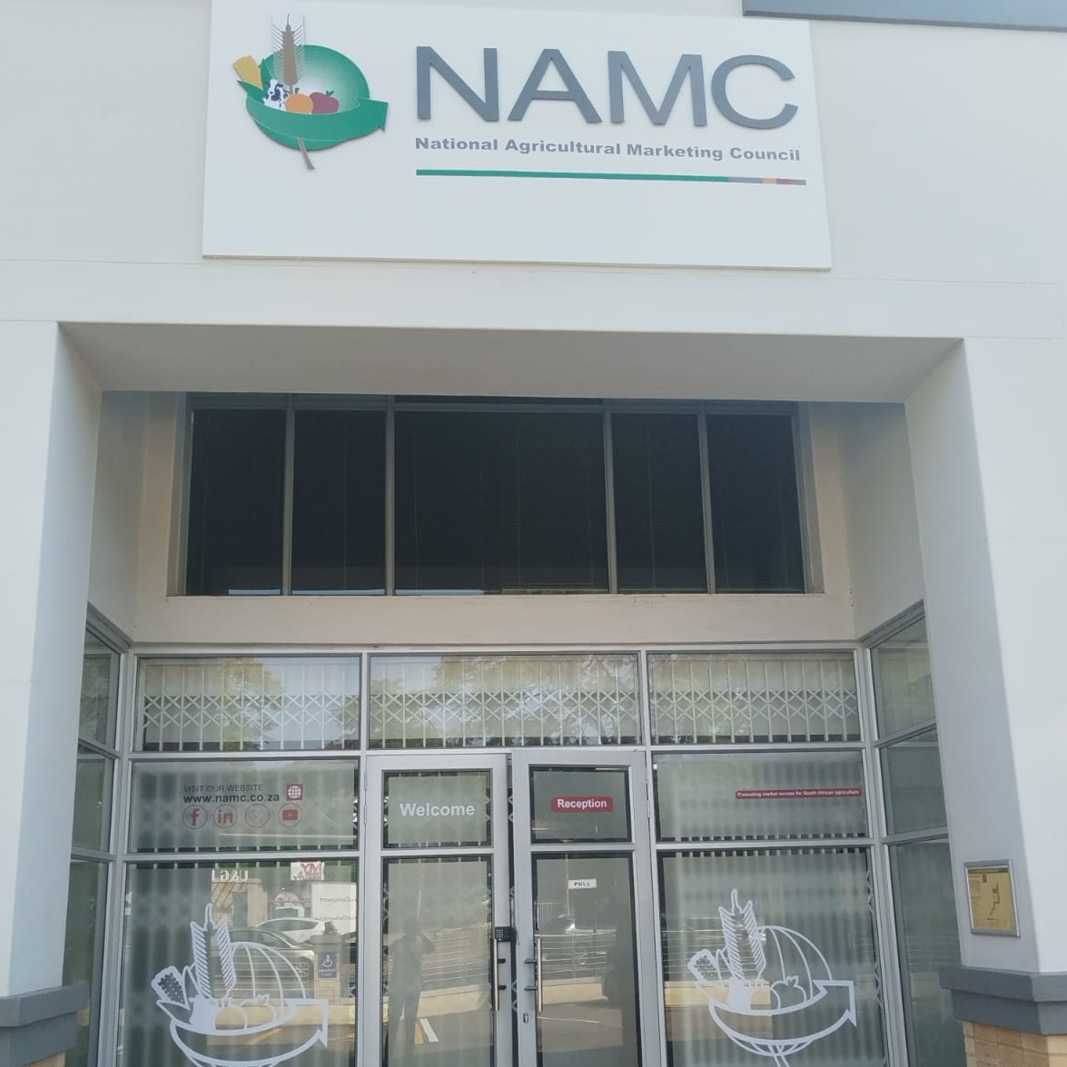Adoption and Promotion of Resilient Crops for Climate Risk Mitigation and Import Substitution: A Case Analysis of Cassava for South African Agriculture
Abstract: Cassava is an important starchy root crop grown globally in tropical and subtropical regions. The ability of cassava to withstand difficult growing conditions and long-term storability underground makes it a resilient crop, contributing to food security. Historically, small-scale farmers have grown cassava as a minor crop in the far north-eastern part of the country. However, there is an initiative to scale up cassava production, with two discrete areas of interest: large-scale production for industrial starch, and expanding its footprint as a food security crop for small-scale farmers, especially in the context of climate change. In this scoping study, production, processing and marketing data for cassava were accessed from the FAO and US Commercial trade databases. Other domestic market and demand analysis case studies were also explored. There is no cassava data available for South Africa. The study indicated that South Africa imports more than 66,000 tons of starch annually, of which 33% is cassava starch, showing the availability of a local market. The potential of cassava for the South African economy is discussed. Significant industrial opportunities exist for the production and use of cassava in South Africa. However, the realization of these opportunities will depend on the reliable supply of good quality cassava roots. However, the lack of a well-established cassava research program, and a lack of an existing value chain for the industrial scale cassava production and processing are barriers to the development of cassava industry in South Africa. As the initial step to the development of a successful cassava industry, high potential germplasm is imported, characterized and bred for local conditions to ensure the sustainable primary production of cassava. Subsequently, industrial value chains will need to be developed as the optimization of the breeding and agronomy of the crop are completed, and yield potentials are quantified in the different regions of the country.
Keywords: cassava breeding, climate change, import substitute, industrial application, value chain


